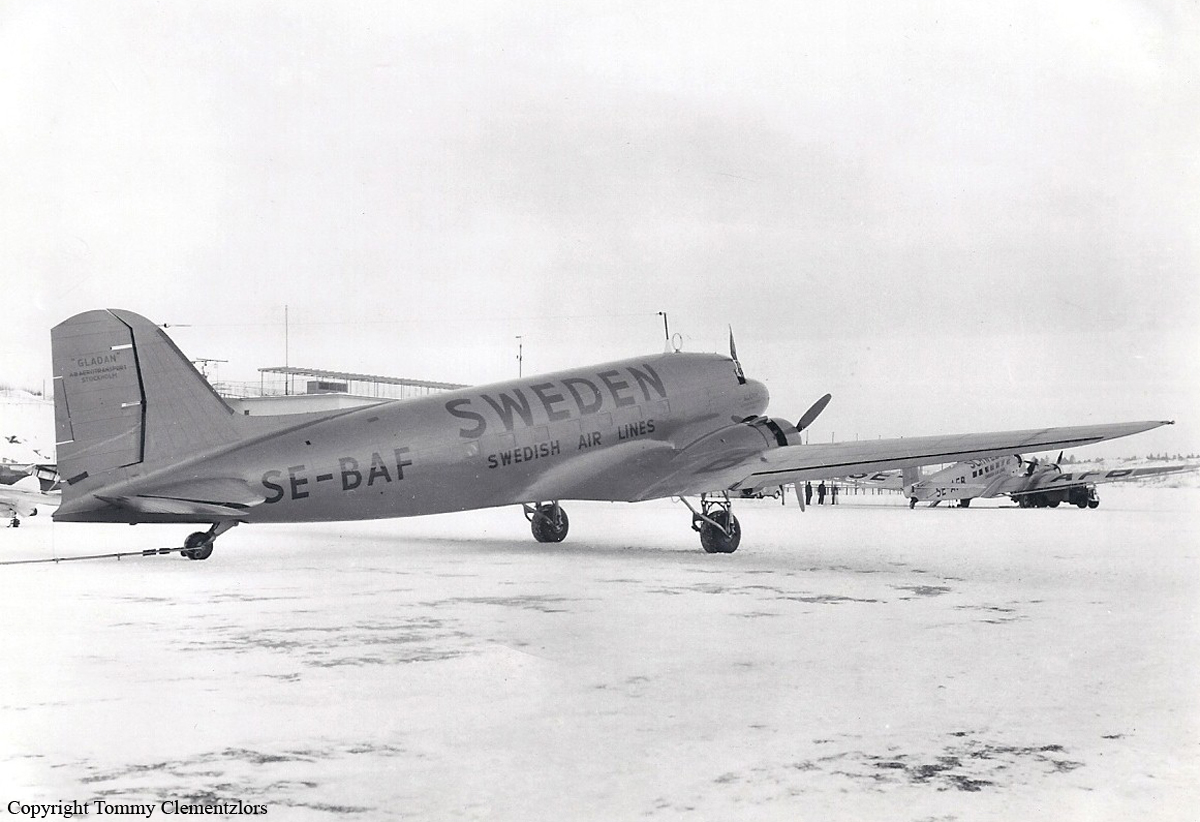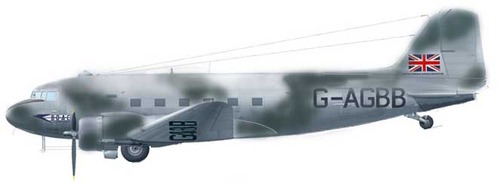Crash of a Douglas DC-3 Dakota III in Regent's Park: 9 killed
Date & Time:
Oct 6, 1943
Registration:
FD899
Survivors:
No
MSN:
9621
YOM:
1943
Crew on board:
9
Crew fatalities:
Pax on board:
0
Pax fatalities:
Other fatalities:
Total fatalities:
9
Circumstances:
The crew was performing an air test when the Dakota collided with two balloon cables, one of which completely severed 15 feet of the port main plane. The aircraft crashed at the Bernhard Baron Pavilllion, Regent's Park, London, and was destroyed by fire. There were no survivors among the nine crew members.
Crew:
F/O James Allan Robertson, pilot,
F/O Theodore Myroslaw Hawryluk, copilot,
F/Sgt Henry Edgar Dennis, wireless operator and air gunner,
AC1 Ronald Eric Penn, flight engineer,
AC1 Hugh Richard Phillips, flight engineer,
AC2 Kenneth Thomas Ding,
AC2 Dudley Austin Westcott,
AC2 Ronald Douglas Brown,
LAC Jack Leonard Houghton.
Source:
http://www.rafcommands.com/forum/showthread.php?9450-512-Sqn-Dakota-FD899-6-10-1943
Crew:
F/O James Allan Robertson, pilot,
F/O Theodore Myroslaw Hawryluk, copilot,
F/Sgt Henry Edgar Dennis, wireless operator and air gunner,
AC1 Ronald Eric Penn, flight engineer,
AC1 Hugh Richard Phillips, flight engineer,
AC2 Kenneth Thomas Ding,
AC2 Dudley Austin Westcott,
AC2 Ronald Douglas Brown,
LAC Jack Leonard Houghton.
Source:
http://www.rafcommands.com/forum/showthread.php?9450-512-Sqn-Dakota-FD899-6-10-1943
Probable cause:
In flight collision with two balloon cables.







